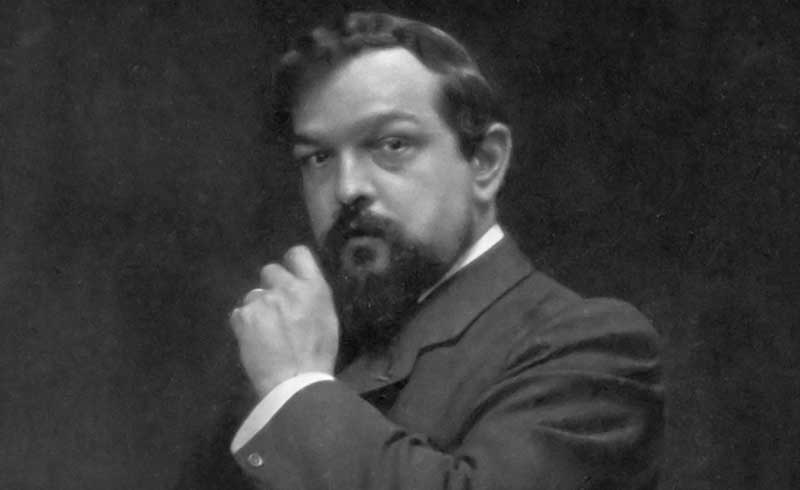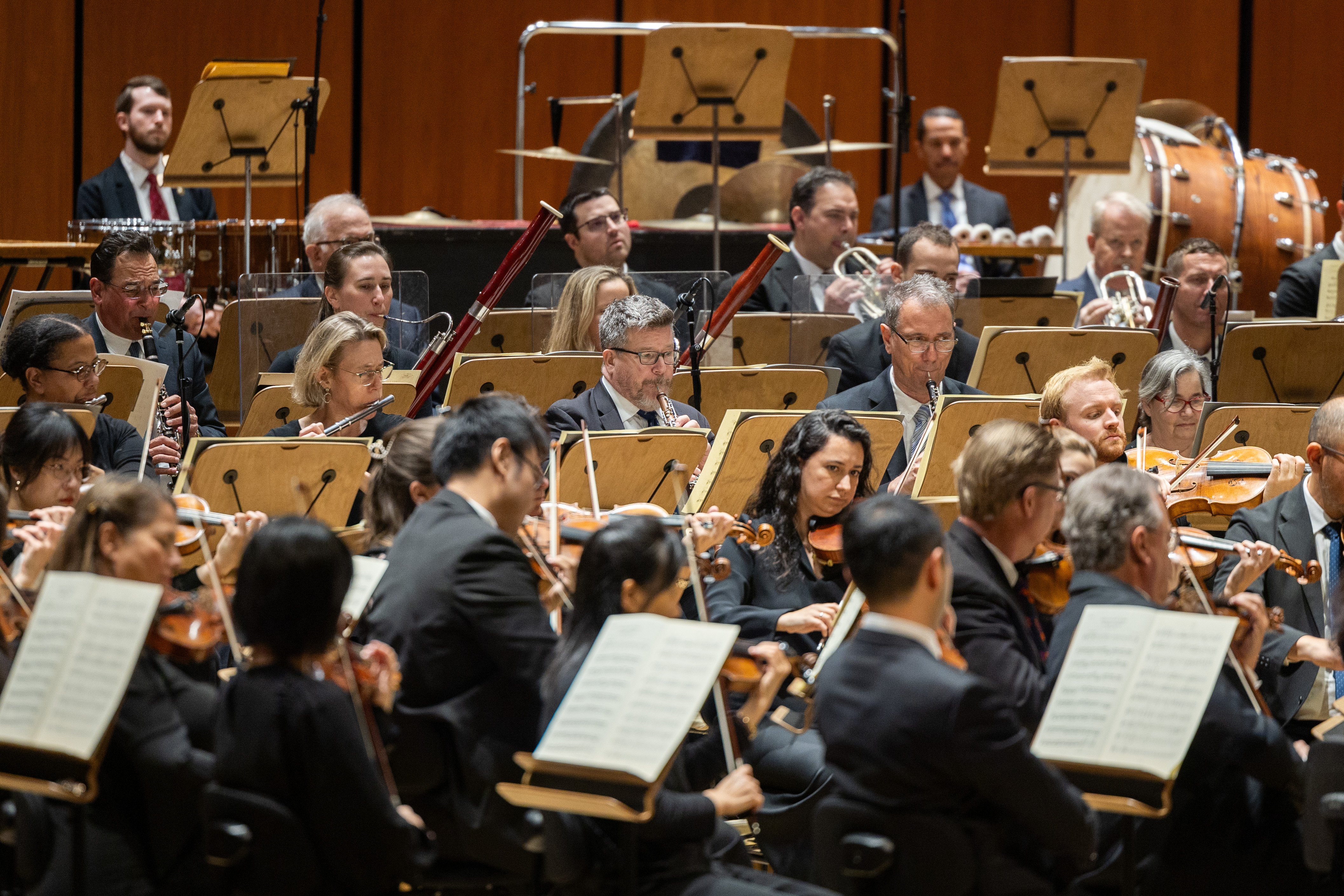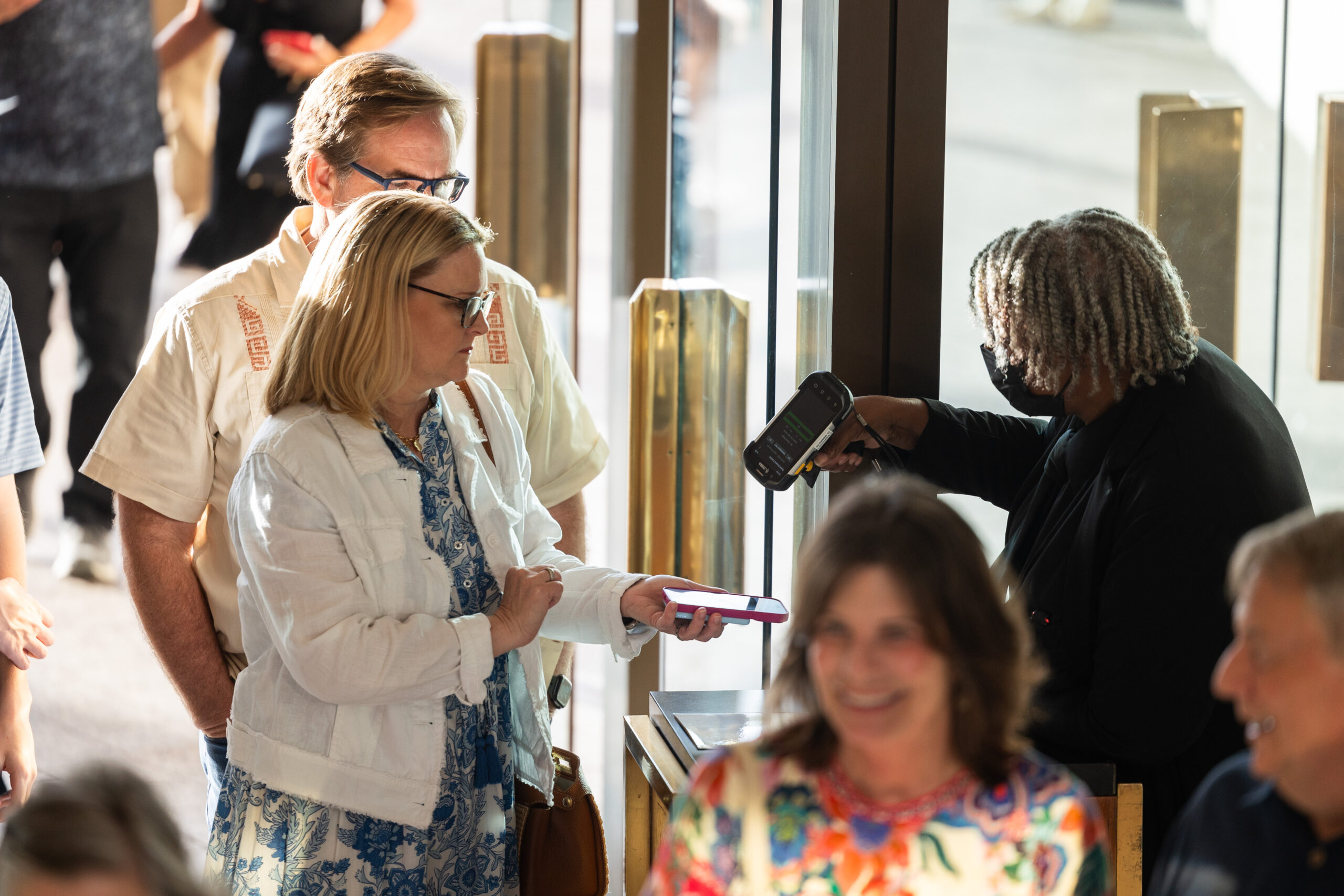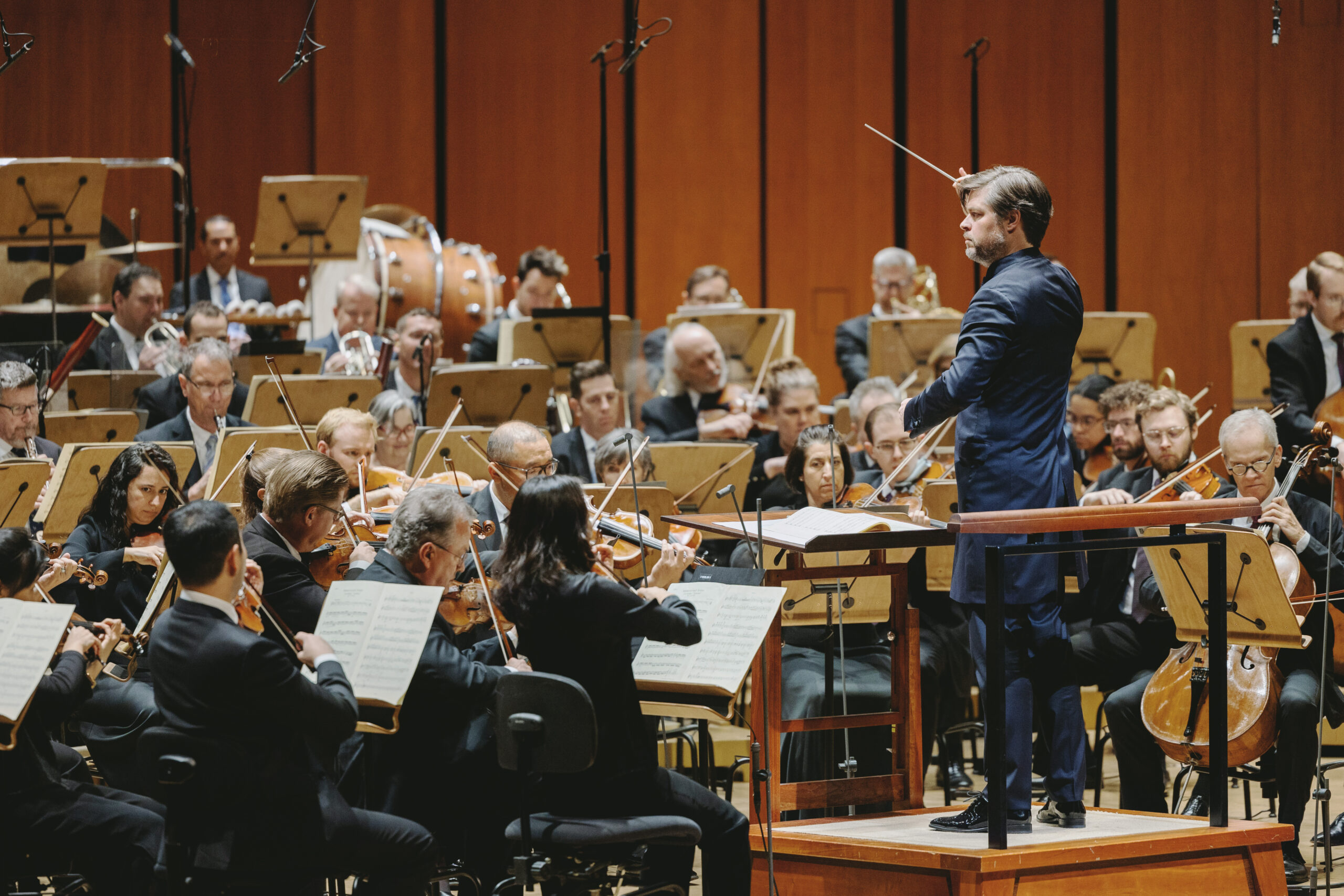
August 20, 2020
158 Candles for Claude
In honor of Claude Debussy’s birthday, John Mangum, Houston Symphony Executive Director/CEO and Margaret Alkek Williams Chair, shares a few favorite pieces by the French composer through recordings you can also enjoy as a YouTube playlist.
As a fellow Leo, I’ve been called up to contribute a few words to mark Claude Debussy’s birthday this year. He was born on August 22, 1862, into modest circumstances with no particular artistic or musical stimulation. In spite of that, he showed enough talent to win admission to the Paris Conservatoire, one of the world’s leading music schools, at the tender age of ten. Like Hector Berlioz, another great French composer of an earlier generation, Debussy was a rule breaker, not much interested in the classical forms his generation had inherited from the past. Nor did he see much of a future in the synthesis of music and drama offered by Wagner’s operas, which attracted legions of ardent followers at the time.
Instead, Debussy charted his own course, developing a style that only really emerged fully when he reached his thirties. He was influenced by all sorts of things: Russian music (he was the pianist to Tchaikovsky’s patron Nadezhda von Meck in the early 1880s), Eastern music (he was fascinated by the music he heard at the 1889 Paris Exposition), poetry (symbolist poet Paul Verlaine was a particular favorite), and the visual arts. Listeners in his own day and experts since christened him “Impressionist,” and though Debussy himself rejected the term, it offers a helpful point of reference for the many of his musical works that create just as vivid and light-soaked an image as their Impressionist counterparts in visual art.
Before he had a breakthrough with his Prelude to the Afternoon of a Faun (1894), Debussy focused primarily, though not exclusively, on piano works and songs. “Clair de lune” (“Moonlight”), one of his most famous piano pieces, comes from the Suite bergamasque (1890, revised 1905). It’s inspired by a Verlaine poem in which outer happiness masks inner sorrow, symbolized by “the sad and beautiful moonlight.” It’s been featured in several films—for some reason, Steven Soderbergh’s remake of Ocean’s Eleven is the one that sticks with me, when the gang, having pulled off their heist, watches the Bellagio fountain as dawn breaks and Debussy’s score plays. And then there’s the film that wasn’t, a segment from Walt Disney’s Fantasia that found itself on the cutting room floor. (You can find it online and as an extra to various DVD issues of the original film.) Here is former Houston Symphony Music Director (and Fantasia conductor) Leopold Stokowski leading his shimmering arrangement of “Clair de Lune.”
In 1899, Debussy attended the Paris Exposition and heard an Indonesian gamelan. The gamelan’s pentatonic music became an important part of his own vocabulary and found its way into several pieces, including the first movement of his 1903 piano suite Estampes (Prints). The title underscores Debussy’s visual inspiration for the suite—he wanted to create musical “prints” for the listener. This is Houston Symphony favorite Jean-Yves Thibaudet’s recording.
One of my favorite Debussy pieces, and one of his greatest orchestral works, is La mer (The Sea). Debussy composed it slowly, over two years—he was a meticulous craftsman with painstaking methods—finishing it in 1905. The sea was in his blood—his father was a sailor—and in the piece, he recalled not only visits to the ocean, but also artistic depictions of it, foremost among them Hokusai’s famous print The Great Wave off Kanagawa. For me, the last minute of the first movement is one of the most magical things in all of music, when the harp and the winds capture the midday sun glimmering on the surface of the water before a surge from the full orchestra overwhelms the listener with the majesty and power of the sea.
A particularly unforgettable professional experience of mine came courtesy of another Debussy work, Le martyre de Saint Sebastien (The Martyrdom of St. Sebastian) from 1911. I had the privilege of working with the conductor Michael Tilson Thomas at the San Francisco Symphony, and my first season there happened to coincide with the orchestra’s 100th anniversary season. They had announced several major projects for the year, including a concert staging of Debussy’s score. Originally written for a five-hour “mystery play” by Gabriele d’Annunzio, it was mercifully reduced to an hour-long musical work with narration. The idea was there, but it was left to me to help fill in the details and work with the team to bring the whole thing off. We had an incredible cast: opera legend Frederica von Stade was the narrator, and a group of vocalists that included Houston’s own Sasha Cooke. The production was amazing, with beautiful imagery designed by the visual artist Anne Patterson and featuring San Francisco Ballet principal dancer Damian Smith as St. Sebastian. It really did justice to this late Debussy masterpiece. Above is an excerpt from Tilson Thomas’s earlier recording of the work with the London Symphony, with the two soprano soloists encouraging Sebastian to break free of his bonds.
—John Mangum






